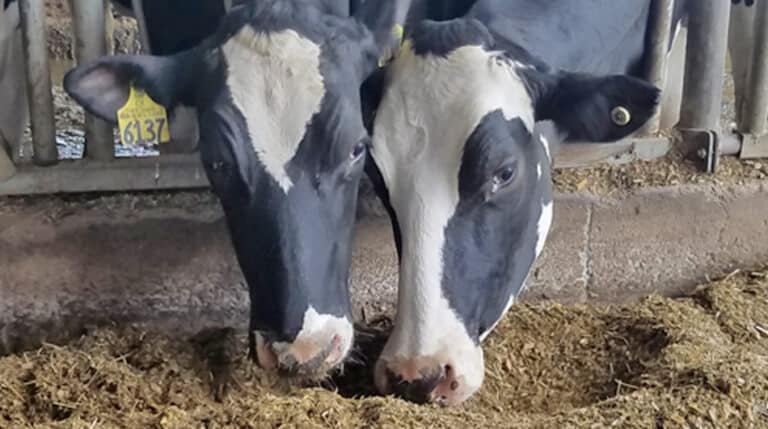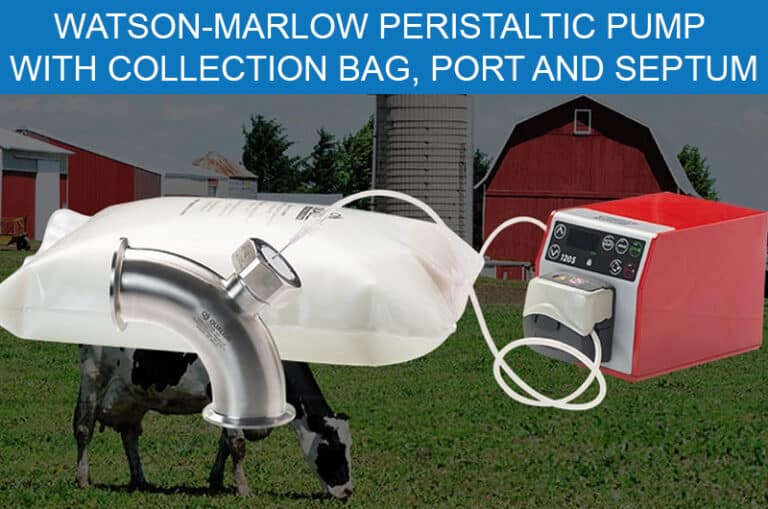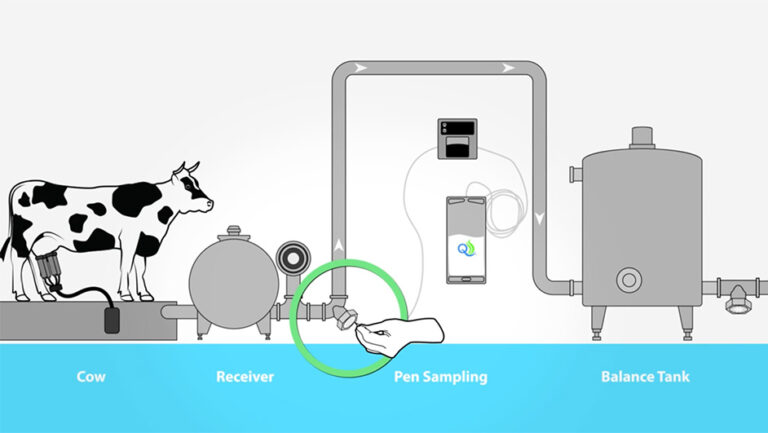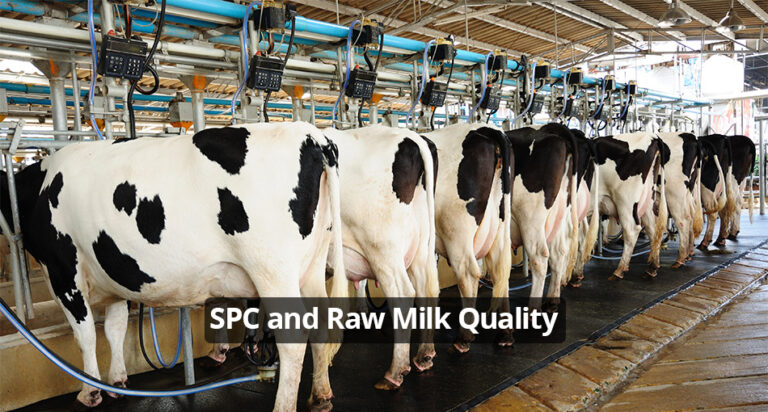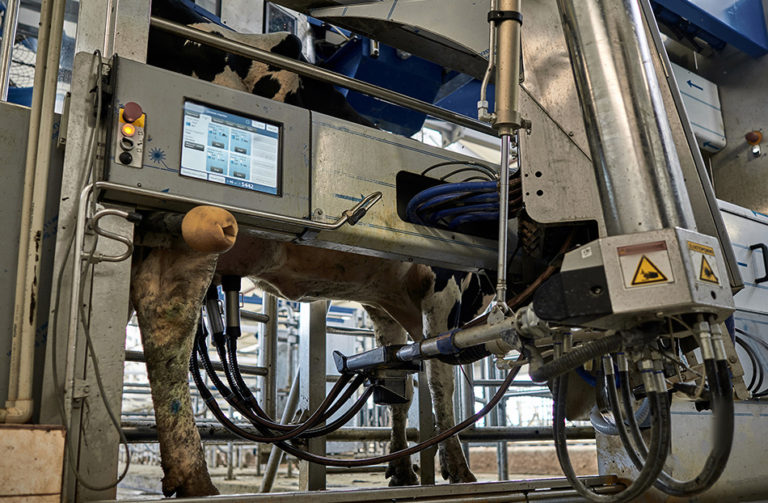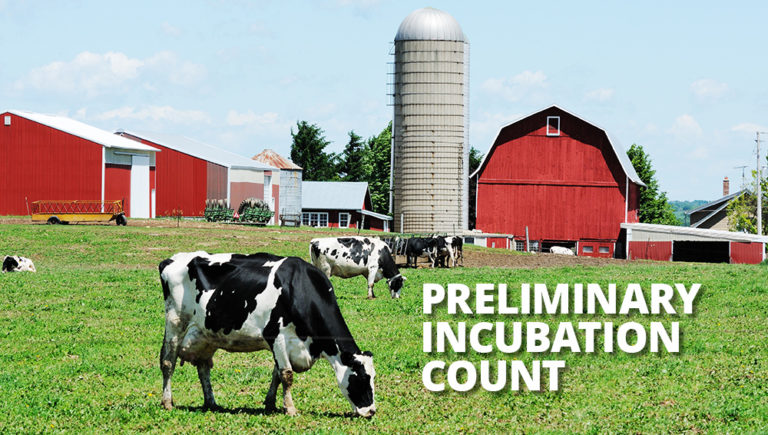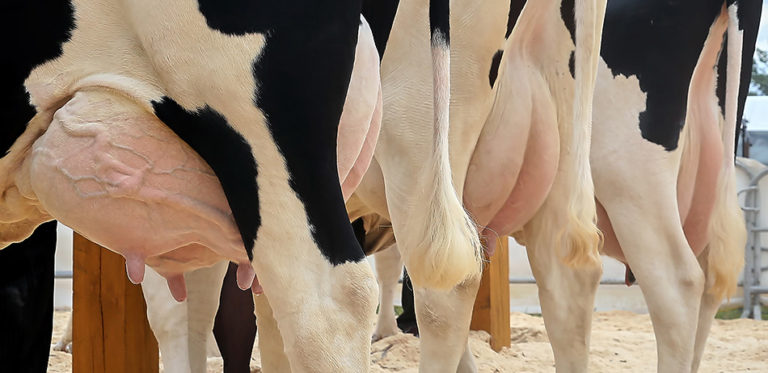Honoring Four Decades of Helping to Ensure Food Safety and Food Quality
On March 22, 2023, the QualiTru team met at the University of Minnesota’s Department of Food Science and Nutrition for an educational pilot plant tour led by Darrell Bigalke, founder of QualiTru Sampling Systems, dairy microbiologist, entrepreneur, and proud University of Minnesota alum. As part of the celebration of QualiTru’s 40th anniversary, the team had…



